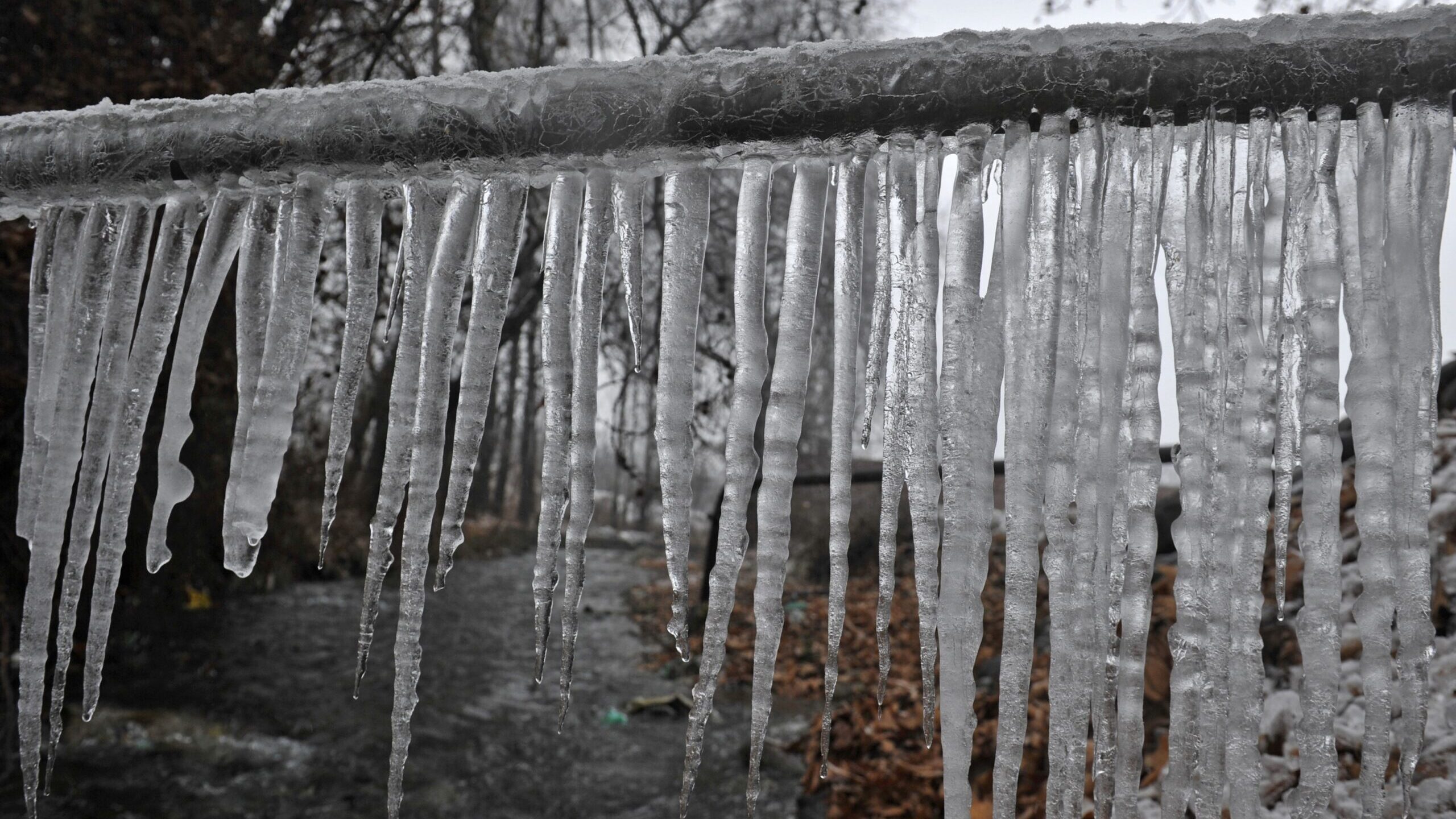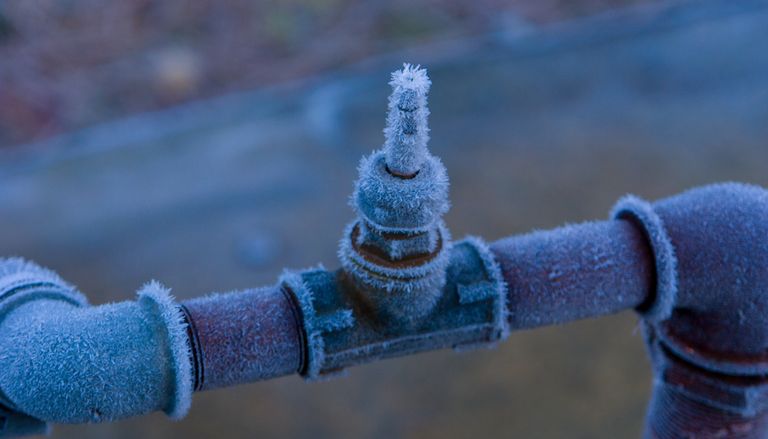Important Advice for Avoiding Frozen Plumbing in Winter Conditions
Important Advice for Avoiding Frozen Plumbing in Winter Conditions
Blog Article
We've encountered this post pertaining to Winter Plumbing Precautions: Preventing Frozen Pipes down the page on the web and figured it made perfect sense to write about it with you here.

Cold weather can wreak havoc on your pipes, specifically by freezing pipes. Right here's just how to stop it from happening and what to do if it does.
Intro
As temperature levels drop, the risk of frozen pipelines rises, potentially resulting in expensive repair services and water damage. Understanding how to avoid icy pipes is vital for home owners in cold environments.
Avoidance Tips
Insulating susceptible pipes
Cover pipelines in insulation sleeves or utilize heat tape to safeguard them from freezing temperatures. Focus on pipes in unheated or outside areas of the home.
Home heating strategies
Maintain interior areas properly heated up, particularly areas with plumbing. Open cabinet doors to permit cozy air to distribute around pipes under sinks.
Exactly how to identify icy pipelines
Try to find reduced water flow from taps, unusual smells or noises from pipes, and visible frost on subjected pipes.
Long-Term Solutions
Structural adjustments
Consider rerouting pipelines far from exterior walls or unheated areas. Add added insulation to attic rooms, basements, and crawl spaces.
Updating insulation
Buy high-grade insulation for pipelines, attic rooms, and wall surfaces. Correct insulation aids preserve constant temperature levels and lowers the threat of icy pipes.
Shielding Exterior Pipes
Garden tubes and outdoor taps
Detach and drain garden pipes before wintertime. Install frost-proof spigots or cover outside faucets with shielded caps.
Understanding Frozen Pipelines
What triggers pipelines to freeze?
Pipelines freeze when subjected to temperature levels listed below 32 ° F (0 ° C) for expanded durations. As water inside the pipelines ices up, it broadens, taxing the pipe walls and possibly causing them to rupture.
Threats and damages
Icy pipelines can result in water disruptions, residential or commercial property damages, and pricey repairs. Burst pipes can flood homes and trigger substantial architectural damages.
Indicators of Frozen Piping
Recognizing icy pipelines early can avoid them from rupturing.
What to Do If Your Pipes Freeze
Immediate actions to take
If you think frozen pipelines, maintain faucets available to alleviate pressure as the ice thaws. Utilize a hairdryer or towels soaked in warm water to thaw pipes slowly.
Verdict
Stopping frozen pipes needs proactive steps and quick responses. By comprehending the reasons, indications, and safety nets, homeowners can protect their pipes throughout cold weather.
5 Ways to Prevent Frozen Pipes
Drain Outdoor Faucets and Disconnect Hoses
First, close the shut-off valve that controls the flow of water in the pipe to your outdoor faucet. Then, head outside to disconnect and drain your hose and open the outdoor faucet to allow the water to completely drain out of the line. Turn off the faucet when done. Finally, head back to the shut-off valve and drain the remaining water inside the pipe into a bucket or container. Additionally, if you have a home irrigation system, you should consider hiring an expert to clear the system of water each year.
Insulate Pipes
One of the best and most cost-effective methods for preventing frozen water pipes is to wrap your pipes with insulation. This is especially important for areas in your home that aren’t exposed to heat, such as an attic. We suggest using foam sleeves, which can typically be found at your local hardware store.
Keep Heat Running at 65
Your pipes are located inside your walls, and the temperature there is much colder than the rest of the house. To prevent your pipes from freezing, The Insurance Information Institute suggests that you keep your home heated to at least 65 degrees, even when traveling. You may want to invest in smart devices that can keep an eye on the temperature in your home while you’re away.
Leave Water Dripping
Moving water — even a small trickle — can prevent ice from forming inside your pipes. When freezing temps are imminent, start a drip of water from all faucets that serve exposed pipes. Leaving a few faucets running will also help relieve pressure inside the pipes and help prevent a rupture if the water inside freezes.
Open Cupboard Doors
Warm your kitchen and bathroom pipes by opening cupboards and vanities. You should also leave your interior doors ajar to help warm air circulate evenly throughout your home.

We hope you enjoyed reading our piece about Winter Plumbing Precautions: Preventing Frozen Pipes. Thank you for finding the time to read through our piece. Loved our article? Please quickly share it. Let somebody else check it out. Thank you so much for going through it.
Book Your Appointment Report this page